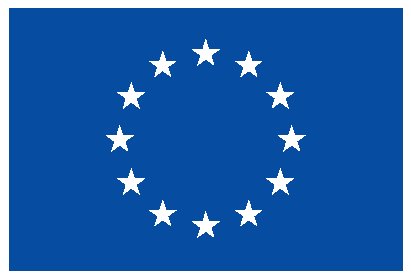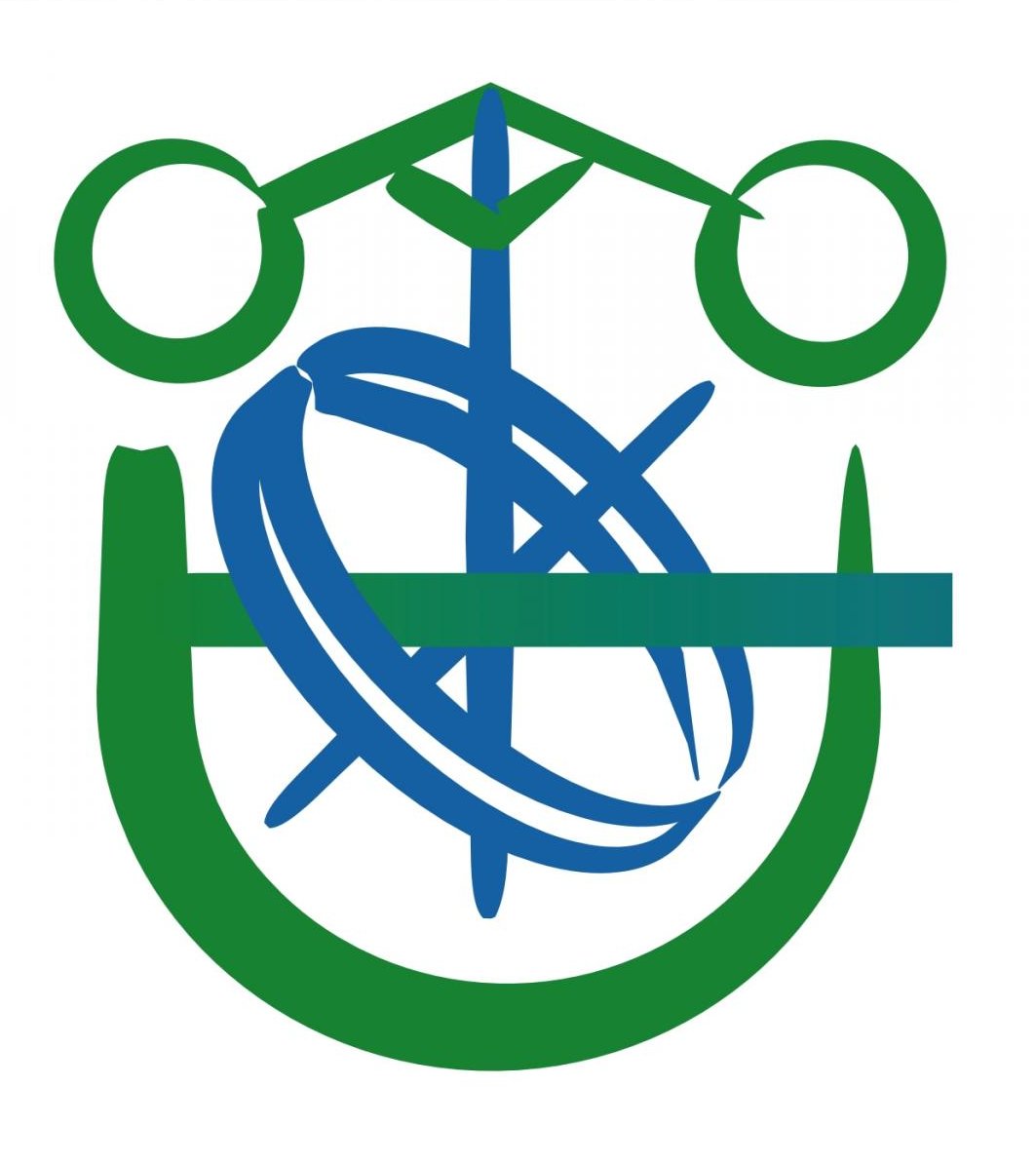Memetic Pareto differential evolutionary neural network used to solve an unbalanced liver transplantation problem
Hits: 8103
- Research areas:
- Year:
- 2013
- Type of Publication:
- Article
- Keywords:
- Artificial neural networks, Liver transplantation, Multi-objective evolutionary algorithm, Organ allocations, Pre-processing
- Authors:
-
- Cruz-Ramírez, Manuel
- Hervás-Martínez, César
- Gutiérrez, Pedro Antonio
- Pérez-Ortiz, María
- Briceño, Javier
- de la Mata, Manuel
- Journal:
- Soft Computing
- Volume:
- 17
- Number:
- 2
- Pages:
- 275-284
- Note:
- JCR (2013): 1.304 (category COMPUTER SCIENCE, ARTIFICIAL INTELLIGENCE, position 59/121 Q2)
- Abstract:
- Donor-recipient matching constitutes a complex scenario difficult to model. The risk of subjectivity and the likelihood of falling into error must not be underestimated. Computational tools for the decision-making process in liver transplantation can be useful, despite the inherent complexity involved. Therefore, a multi-objective evolutionary algorithm and various techniques to select individuals from the Pareto front are used in this paper to obtain artificial neural network models to aid decision making. Moreover, a combination of two pre-processing methods has been applied to the dataset to offset the existing imbalance. One of them is a resampling method and the other is a outlier deletion method. The best model obtained with these procedures (with AUC = 0.66) give medical experts a probability of graft survival at three months after the operation. This probability can help medical experts to achieve the best possible decision without forgetting the principles of fairness, efficiency and equity.
- Comments:
- JCR (2013): 1.304 (category COMPUTER SCIENCE, ARTIFICIAL INTELLIGENCE, position 59/121 Q2)







